New arms race taking shape amid a pandemic and economic crisis. What could go wrong?
Three decades after the Cold War ended without a long-feared nuclear cataclysm, arms control experts are starting to think the sigh of relief heard around the world then might have been premature.
In recent weeks Russian fighter aircraft intercepted U.S. strategic bombers and surveillance planes over the Black Sea and eastern Mediterranean, in one case risking a midair collision. At the same time, Moscow tested a new missile capable of destroying U.S. satellites. China recently closed its authoritarian grip around Hong Kong, threatened to “smash” any formal independence move on the part of Taiwan and announced an unprecedented show of military force with an amphibious landing exercise in the South China Sea this summer that neighbors worry could foreshadow a military incursion. For its part, the Pentagon recently test-fired a new “hypersonic” missile and reportedly increased strategic bomber flights on Russia’s periphery. The Trump administration knocked down another arms control pillar by rejecting the Open Skies Treaty and raised the idea of resuming nuclear weapons testing for the first time in nearly three decades.
During much of the Cold War, tensions between nuclear-armed superpowers were kept in check by an architecture of military de-confliction agreements, open communication channels and nuclear arms control and verification treaties erected over decades. But today’s world bears an unsettling resemblance to the early years of the Cold War, when missteps like the Korean War, Berlin Blockade and Cuban Missile Crisis pushed the major powers to the brink.
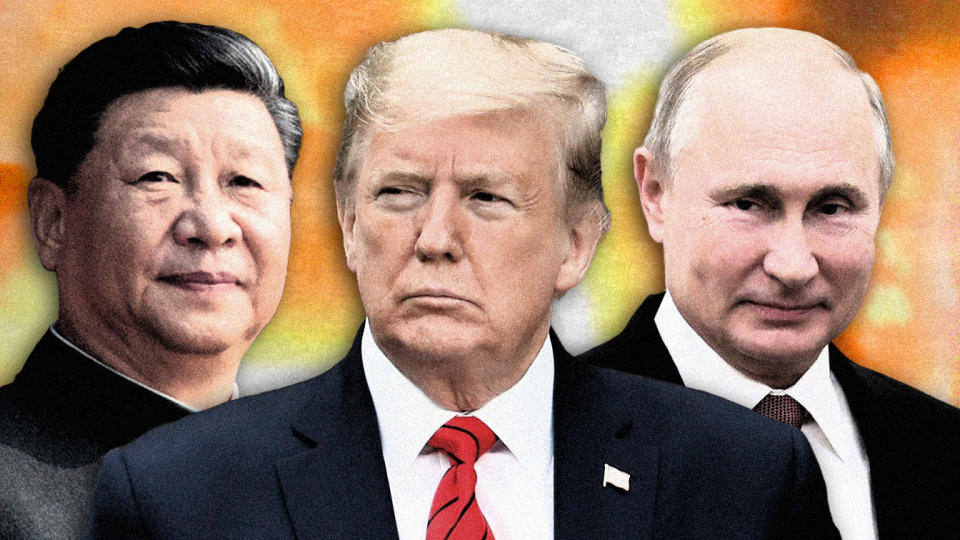
“I think we have forgotten some lessons of the Cold War, one of which was that the more tensions you have in international relations, and the greater the level of crisis, the more likely it is that a mistake or miscalculation on either side will lead to a catastrophic error,” said former Senate Armed Services Chairman Sam Nunn, D-Ga., currently co-chairman of the Nuclear Threat Initiative, a nuclear nonproliferation group. The United States, China and Russia are aggressively modernizing their nuclear weapons arsenals to incorporate new types of weapons such as hypersonic missiles, which travel many times the speed of sound, thwarting existing missile defense systems and shrinking reaction times, and low-yield nuclear warheads, more likely to be used on a battlefield, he noted. But there is little serious consideration of how those changes will affect the delicate calculus of nuclear deterrence. Nor have the major nuclear powers agreed on constraints on cyberattacks that can wreak havoc on early warning and command-and-control systems for nuclear weapons, greatly increasing the danger of a mishap.
“At a time like this I also don’t understand the Trump administration’s strategy in throwing out arms control treaties like the INF [Intermediate-Range Nuclear Forces] and the Open Skies treaties, when they don’t seem to have a ‘Plan B’ for filling that big vacuum in arms control and verification,” said Nunn. “So I think we’re moving into a new era where the risk of a catastrophic miscalculation or mistake involving nuclear weapons is much higher.”
Even before the coronavirus pandemic and the attendant economic free fall, major power relations were trending dangerously toward confrontation. In annexing Crimea in 2014, Russian President Vladimir Putin redrew the boundaries of Europe by military force for the first time since World War II. Putin’s subsequent backing of separatist rebels in Ukraine, military intervention and war crimes in Syria, and interference in the 2016 U.S. presidential election have only worsened relations with the U.S.
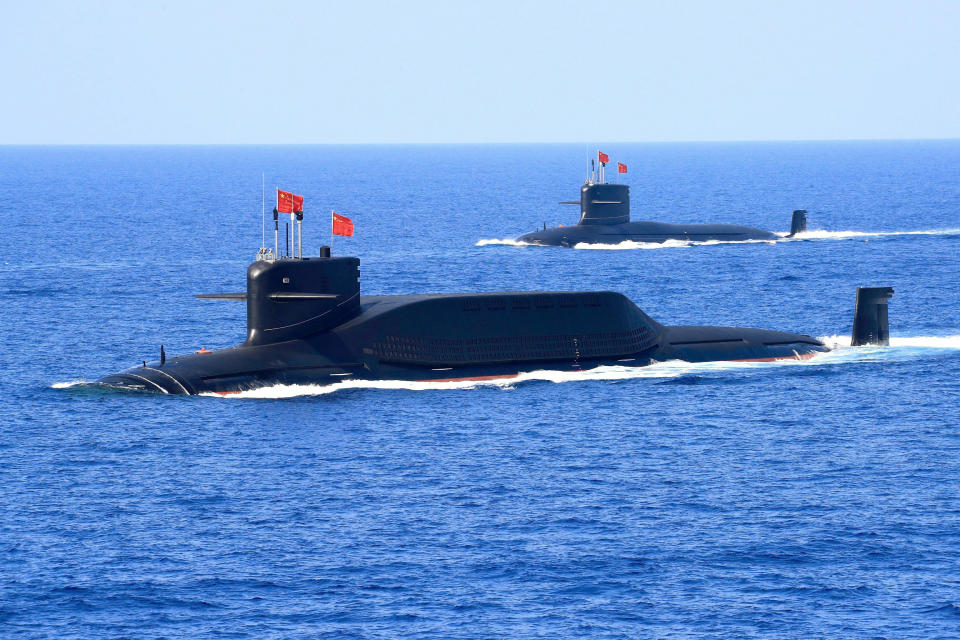
In a bellicose speech in 2018, Putin revealed the centrality of nuclear weapons to Russia’s increasing international assertiveness, introducing five (since increased to six) new nuclear weapons delivery systems in development, including the already tested “Avangard” long-range hypersonic glide vehicle, which can fly 20 times the speed of sound, as well as such novel weapons as nuclear-powered torpedoes and cruise missiles with potentially unlimited range. Moscow also maintains a stockpile estimated in the thousands of shorter-range, lower-yield “tactical” nuclear weapons that could be used in a conventional battle. “Listen to us now,” Putin said in a direct challenge to the West.
“Instead of lessening its reliance on nuclear weapons, Russia has adopted a provocative nuclear doctrine that calls for early use and ‘escalate to win,’” said Marshall Billingslea, the Trump administration’s special presidential envoy for arms control, speaking recently at an event organized by the Hudson Institute. “Why else would Russia hoard thousands of tactical nuclear weapons? Why does Russia conduct war games that involve the simulated use of these smaller nuclear weapons against conventional U.S. and NATO forces?”
China’s strategic nuclear weapons arsenal of an estimated 300 warheads is only a fraction of U.S. and Russian stockpiles (an estimated total of 6,100 and 6,500, respectively, though capped at 1,550 “deployed” nuclear warheads by the New START agreement). Beijing is also in the midst of an aggressive modernization effort, however, that will likely double its nuclear arsenal in the next decade and includes new hypersonic missiles, according to estimates by the Defense Intelligence Agency. Of major concern to the Pentagon, China has built up the world’s largest arsenal of more than 2,000 ground-launched ballistic and cruise missiles, most with conventional warheads but some unknown number “dual capable” of carrying either conventional or nuclear warheads.
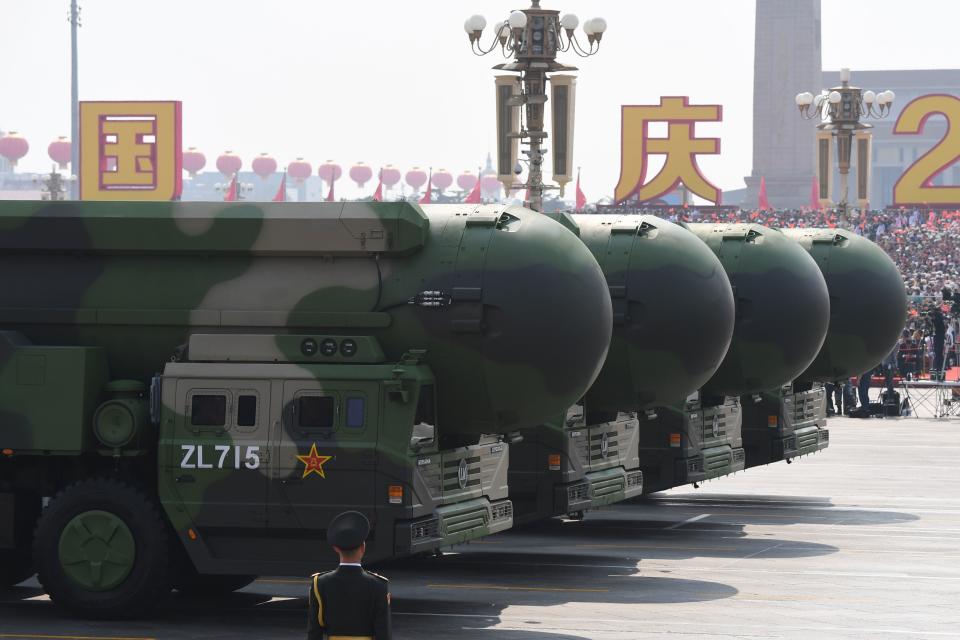
With New START scheduled to sunset on Feb. 5, 2021, the Trump administration wants to bring both Russia and China to the negotiating table for a trilateral “grand bargain” that limits the arsenals of all three major powers. Given that talks with Russia are only just getting underway and China is adamant that it has no interest in capping its much smaller nuclear arsenal, many arms control experts believe that Trump administration hawks like Secretary of State Mike Pompeo are just running out the clock to finish off the only remaining nuclear arms control treaty. That would be in keeping with the administration’s record: withdrawing from the Iran nuclear accord, rejecting the Intermediate-Range Nuclear Forces and Open Skies treaties, casting doubt on the Comprehensive Test Ban Treaty and adopting a lackadaisical approach to New START.
“I do think the Trump administration has an almost philosophical antipathy to arms control, which stems from President Trump not investing the time to understand the issues, making him susceptible to manipulation by hawks in the administration,” said Steven Pifer, an arms control expert and the William Perry fellow at Stanford University’s Institute for International Studies. He points out that complicated arms control deals can take years of painstaking negotiation. “Consider that Trump called for a trilateral deal 18 months ago involving the U.S., Russia and China. In the intervening months there has been no administration proposal, no outline, not even a hint of what such a deal would look like. So I’m dubious that they are serious about striking an agreement. That means New START, and with it the last nuclear weapons verification regime, could disappear early next year. That could send us back to the era of ‘worst-case assumptions’ on all sides.”
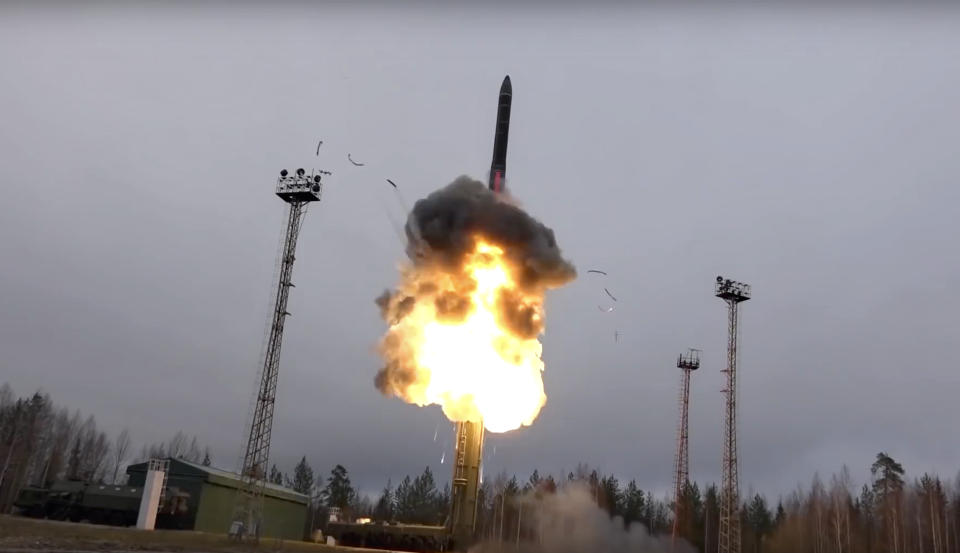
Given the worst global pandemic since the 1919 so-called Spanish flu, the worst economic shock since the 1930s Great Depression and the desire of three nationalist leaders like Trump, Putin and Xi Jinping to shift blame and manipulate the crisis to their advantage, we may already be in an era when great power leaders assume the worst about their counterparts’ motivations and intensions. Adding a nuclear arms race to that already volatile mix greatly increases the instability.
“We’re living in a period of very high, great power tensions, and the weakening of norms, treaties and multilateral institutions that are the foundation of the international order,” said Aaron Friedberg, co-director of Princeton’s Woodrow Wilson Center for International Security Studies. “From the start, the pandemic and economic crises were likely either to shock us out of that spiral towards dissolution and conflict, or else accelerate it. And the evidence to date is that these crises are accelerating it.”
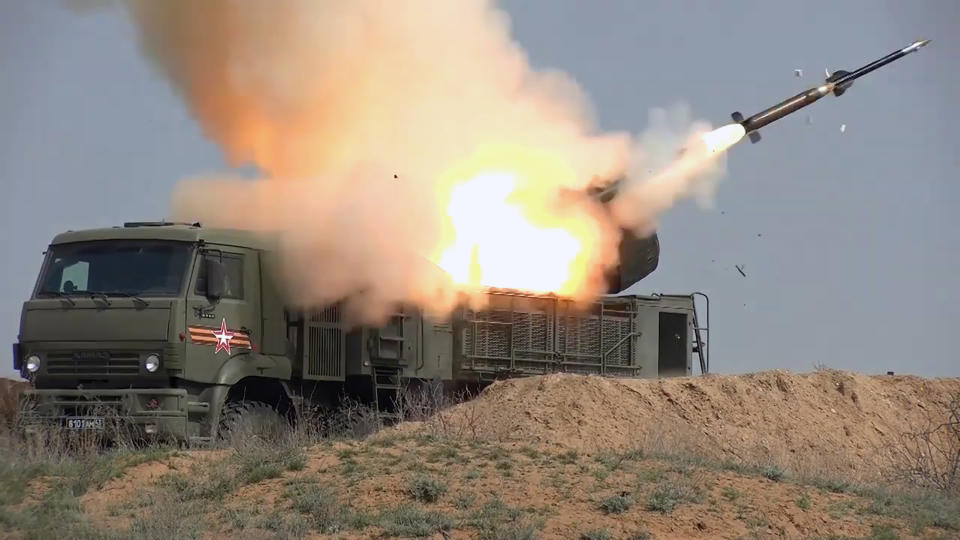
Joseph Nye Jr. is Harvard University’s distinguished service professor, emeritus and former dean of the Kennedy School of Government. “What we know for certain from history is that periods of deep economic distress give rise to great domestic political pressures, and they discourage international cooperation as countries adopt ‘beggar thy neighbor’ policies,” he said in an interview, citing as an example the Trump administration’s recent decision to abandon the World Health Organization and blame China for the ongoing COVID-19 pandemic. “Combine all that with this nuclear arms race we’re seeing, and you have a crisis atmosphere that greatly increases the potential for miscalculation. That does make for a more dangerous world.”
_____
Read more:


